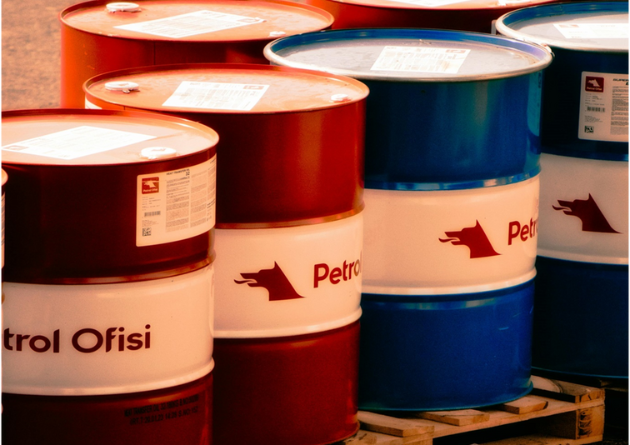Oil Prices Rebound from One-Month Low Amid Focus on Potential Sanctions Against Russian Crude Importers

- rabeelrana
Oil prices rose during Asian trading hours on Wednesday, staging a mild recovery from a five-week low recorded in the previous session. The uptick was primarily driven by concerns over potential supply disruptions amid renewed geopolitical tensions, particularly following U.S. President Donald Trump’s threats of increased tariffs on countries continuing to import Russian crude.
Brent crude futures for October delivery gained 0.5% to $68.00 per barrel, while West Texas Intermediate (WTI) crude futures advanced 0.5% to $64.53 per barrel. The market also found support from the latest data by the American Petroleum Institute (API), which showed a larger-than-expected drawdown in U.S. crude inventories. Stockpiles declined by 4.2 million barrels last week, significantly exceeding expectations of a 1.8 million barrel reduction.
President Trump intensified pressure on India, threatening additional tariffs due to its ongoing purchases of Russian oil. This follows the recent imposition of 25% reciprocal tariffs on Indian goods. Trump criticized India’s energy ties with Moscow, claiming they are indirectly funding Russia’s war in Ukraine. In response, India rejected the criticism, reaffirming its intent to continue purchasing Russian crude, given its reliance on imports for roughly 80% of its oil needs. China, another key buyer of Russian oil, was also threatened with higher tariffs, raising concerns of broader disruption in the global energy market. The prospect of reduced purchases by both India and China added support to crude prices on expectations of tighter supply.
Amid these developments, diplomatic channels remain active. Reports suggest Moscow is exploring measures to ease tensions, including a possible pause in air strikes, to avoid further U.S. sanctions. Additionally, U.S. Special Envoy Steve Witkoff is scheduled to visit Moscow this week for talks aimed at deescalating the situation.
Despite Wednesday’s price rebound, oil continues to face downward pressure from ongoing concerns over a potential supply glut and slowing demand. The Organization of the Petroleum Exporting Countries and its allies (OPEC+) recently agreed to increase production by 547,000 barrels per day in September, continuing their gradual reversal of earlier output cuts. This supply boost, coupled with a series of weaker-than-expected economic indicators from both the United States and China, has heightened fears of sluggish growth and softer demand in the second half of 2025, limiting the extent of oil’s price recovery.
